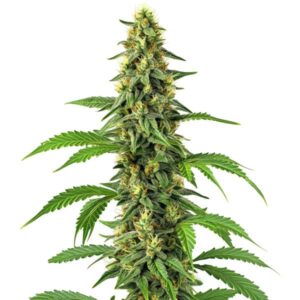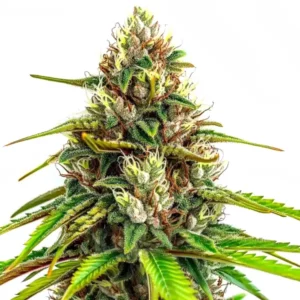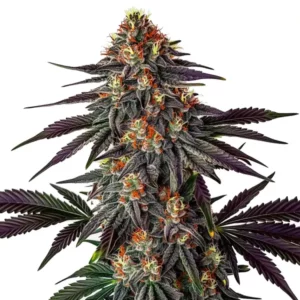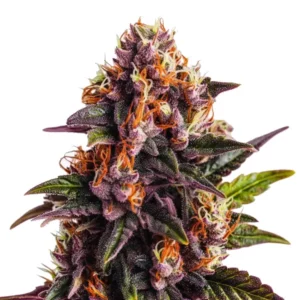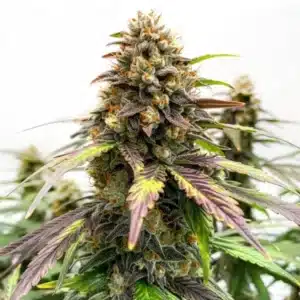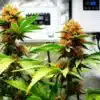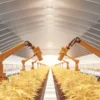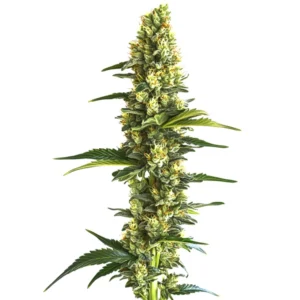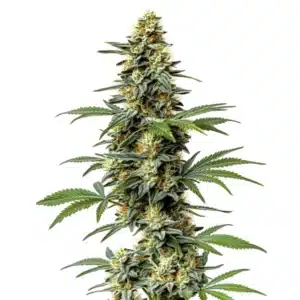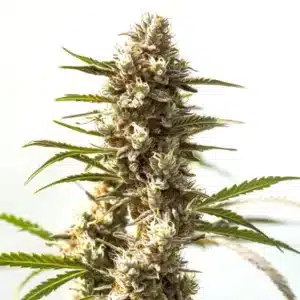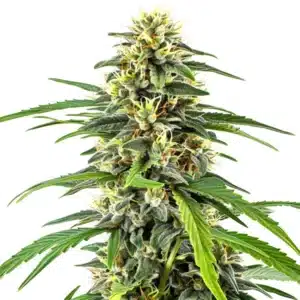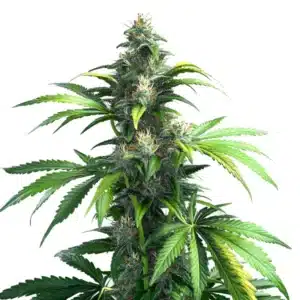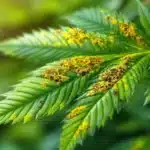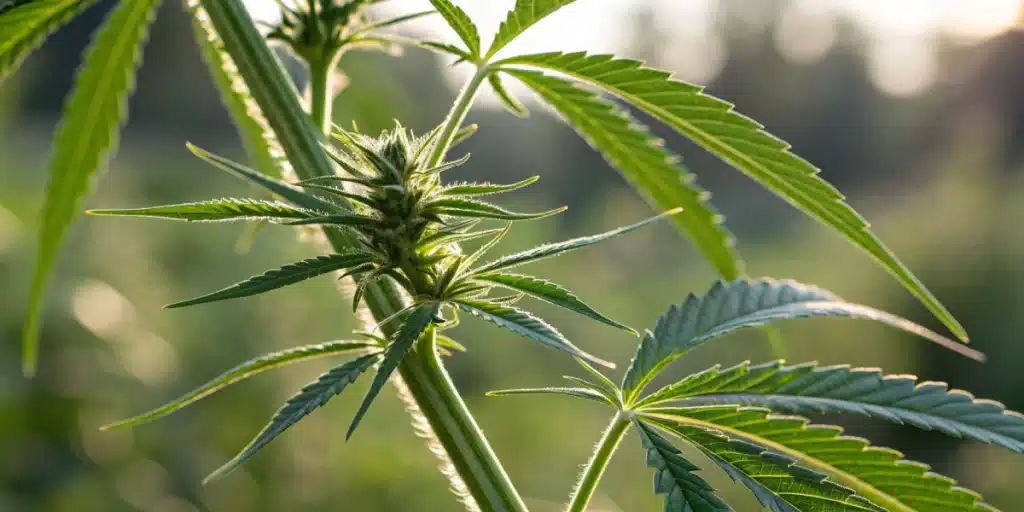
Nodes and Internodes of Plants: A Detailed Overview
Realizing Plant Structure
Definition of nodes
The nodes and internodes of plants are critical points on a plant stem where leaves, branches, and flowers emerge. Each node serves as a junction that plays a vital function in the overall architecture of the plant, acting as a focal point for growth and regeneration. By examining these structures, one can gain insights into how plants grow and develop, as well as the potential for new shoots to emerge. Nodes are not just mere points; they are the hubs from which life springs forth, housing the potential for new growth and reproduction, and offering clues about the plant’s overall health and vigor.
In the world of botany, the significance of nodes cannot be overstated. Each node is packed with potential, as it dictates where new leaves and branches will form, thereby influencing the final shape and productivity of the plant. This characteristic is particularly crucial for farmers and horticulturists who aim to maximize plant productivity by strategically managing growth. By knowing nodes, growers can manipulate their plants for optimal yield and health, ensuring that every node contributes positively to the plant’s development and resilience over time.
Recommended Strains
24k Gold
|
|
THC | 19% - 22% (Medium) |
|
|
Type | Feminized |
|
|
Yield | High |
|
|
Phenotype | 60% Indica / 40% Sativa |
24k Gold Autoflower
|
|
THC | 18% - 24% (Medium) |
|
|
Type | Autoflowering |
|
|
Yield | Medium |
|
|
Phenotype | 40% Indica / 60% Sativa |
Definition of Internodes
The nodes and internodes of plants are critical to their structural integrity and overall growth. Internodes refer to the segments of stem located between two nodes and play a vital role in determining the height and growth pattern of the plant. These areas act as connecting links, allowing the plant to extend its reach. The length and thickness of internodes can vary significantly depending on species and environmental conditions, influencing the plant’s ability to access sunlight and nutrients efficiently.
In essence, internodes serve as the connective tissue of the plant’s structure, allowing nutrients and energy to travel efficiently throughout the organism. This means that the health of the internodes directly impacts the growth potential of the plant, making their study indispensable. Growers need to pay close attention to internode lengths, as they can provide insight into the plant’s overall health and development stage, and inform adjustments to cultivation techniques for improved performance.
Promos & Deals
Function in Plant Growth
Importance of nodes in Branching
nodes are fundamental in determining how a plant branches out, as they represent the primary sites from which new shoots and leaves originate. Each node has the potential to give rise to new shoots, which can lead to a bushier and more resilient plant structure. This branching is especially important for crops like cannabis, where more branches can mean more flowering sites and, consequently, a higher yield. The strategic management of nodes through techniques such as topping can significantly influence the overall productivity of the plant, leading to a denser canopy and improved light distribution.
Furthermore, the arrangement of nodes on the stem creates a specific pattern that can affect light exposure and air circulation for the leaves. A well-structured node arrangement can lead to optimal growth conditions, while poorly developed nodes can hinder a plant’s ability to thrive, impacting overall productivity. Realizing node placement can thus provide growers with actionable strategies to enhance plant performance, ensuring that every node is optimized to contribute to the plant’s robust growth and high yield potential over its lifespan.
Function of Internodes in Stem Elongation
The nodes and internodes of plants play a crucial role in stem elongation, allowing the plant to reach upward towards sunlight and expand its overall presence. In many cases, the length of the internodes can indicate how well a plant is growing in relation to its environment, with longer internodes often signaling a plant that is stretching for more light. For instance, if a plant is stretching excessively, it may be a sign of insufficient light; conversely, shorter internodes can indicate a healthy plant that is receiving adequate sunlight and proper nutrients.
Internode length is also a key factor in training plants for specific growth patterns. Growers can use techniques like low-stress training or high-stress training to manipulate internode lengths for desired outcomes, such as a more compact structure or an extended canopy. This adaptability is essential for maximizing yields and ensuring that the plant is growing in the most efficient manner possible, thus contributing to the overall success of the cultivation process.
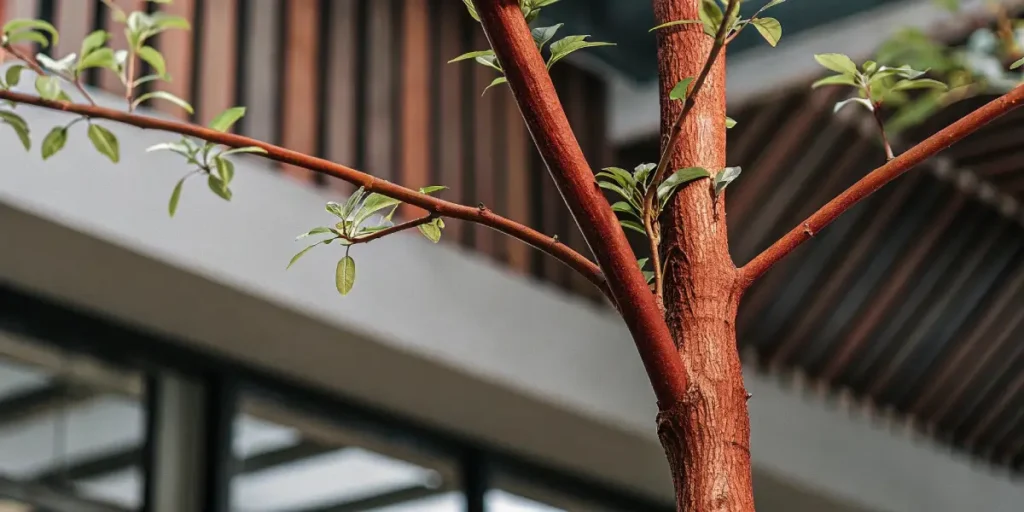
Observing nodes and Internodes
How to Identify nodes
Identifying nodes is straightforward once you know what to look for, as they typically appear as small bumps or protrusions on the stem where leaves or branches originate. These distinct markers can be observed easily on a well-pruned plant, making them essential indicators of growth. Observing these structures can provide valuable information about the plant’s current growth stage and overall health, serving as visual cues that guide effective cultivation practices.
When inspecting a plant, focus on the spacing between the nodes and internodes of plants, as this can give insights into how the plant is responding to its environment. Closer nodes can indicate rapid growth and a healthy, vigorous plant, while widely spaced nodes might suggest environmental stress or inadequate care. By regularly assessing the nodes and internodes, growers can make informed decisions regarding pruning, fertilization, and overall plant management, thereby optimizing growth conditions and yield.
Measuring Internode Lengths
Measuring internode lengths can be a game-changer for growers looking to optimize plant health and yield, as it offers a tangible metric of growth efficiency. To accurately measure internodes, use a ruler or measuring tape to find the distance between two nodes on the stem, ensuring precise readings. This measurement can vary significantly depending on the species and growth conditions, so it’s essential to monitor these lengths regularly as a part of routine plant assessments.
Knowing internode lengths allows growers to assess plant vigor and make necessary adjustments to environmental conditions, such as light and nutrient availability. For instance, if internodes are excessively long, it could indicate that the plant is stretching for light, while shorter internodes may signify a robust growth pattern. By keeping track of these measurements, cultivators can fine-tune their gardening techniques to achieve optimal results and enhance overall plant health.
Impact on Cannabis Cultivation
How nodes Affect Bud Development
In the context of cannabis cultivation, the nodes and internodes of plants play a pivotal role in bud development by serving as the primary sites for flower initiation. Each node can potentially become a site for bud formation, meaning that the number and health of nodes and internodes directly correlate with the plant’s yield and potency. Healthy nodes can support multiple branches, each adorned with buds, leading to a bountiful harvest that maximizes the plant’s genetic potential and productivity.
Knowing the relationship between nodes and bud development allows growers to implement strategic pruning and training techniques. For example, removing certain branches can redirect the plant’s energy toward fewer, more robust buds at the remaining nodes, thereby improving both quality and yield. This focused approach is essential knowledge for cannabis cultivators who aim to achieve the highest possible harvest with consistent potency and flavor profiles.
Techniques to Manage Internode Growth
Managing internode growth is crucial for achieving the desired plant structure and maximizing yield in cannabis cultivation. Various techniques can be employed, such as topping, fimming, or low-stress training, each designed to manipulate internode length and overall plant architecture. These methods allow growers to customize their plants for optimal light exposure and air circulation, which are key factors in achieving a balanced canopy and robust bud development.
For example, topping a plant encourages the growth of multiple stems, creating a bushier structure with shorter internodes that leads to a more even canopy. This can result in improved light distribution and higher yields. Conversely, allowing longer internodes may lead to taller plants, which can be beneficial in certain growing setups but may require additional support. Understanding how to manipulate internode growth is key to successful cannabis cultivation, ensuring that every plant reaches its full potential.
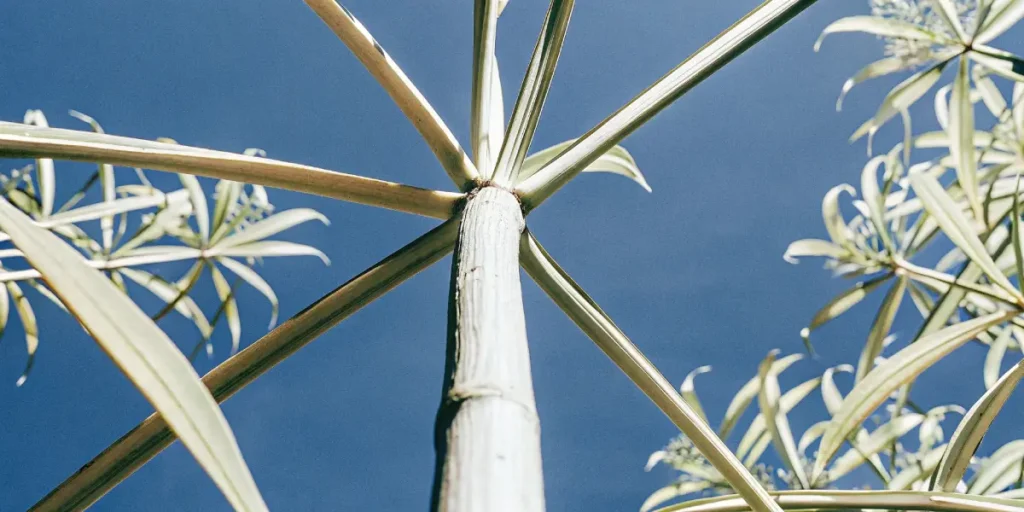
FAQs about nodes and Internodes of Plants
What is the difference between nodes and internodes?
nodes are the points on a plant stem where leaves, branches, or flowers emerge, while internodes are the segments of stem located between those nodes. Each part serves a distinct function in plant growth and development, contributing to the overall structure and productivity of the plant. Understanding this difference is essential for effective plant management and can provide insights into the health and vigor of the plant.
How do they affect plant shape and yield?
The arrangement and health of nodes and internodes directly influence a plant’s shape and yield, as nodes determine where new growth occurs and internodes dictate the spacing and length of branches. A well-developed network of nodes leads to a fuller, more productive plant, while optimal internode length ensures that the plant is neither too stretched nor too compact. These factors are critical in maximizing the plant’s exposure to sunlight and air circulation, which are essential for robust growth and high yield.
Can pruning influence node development?
Yes, pruning can significantly influence node development by strategically removing certain branches to encourage the growth of new, more productive nodes. This practice directs the plant’s energy toward the remaining nodes, fostering denser growth and potentially enhancing overall yield. Pruning not only improves the appearance of the plant but also optimizes its structure for better light exposure and air circulation, which are crucial for healthy growth.


